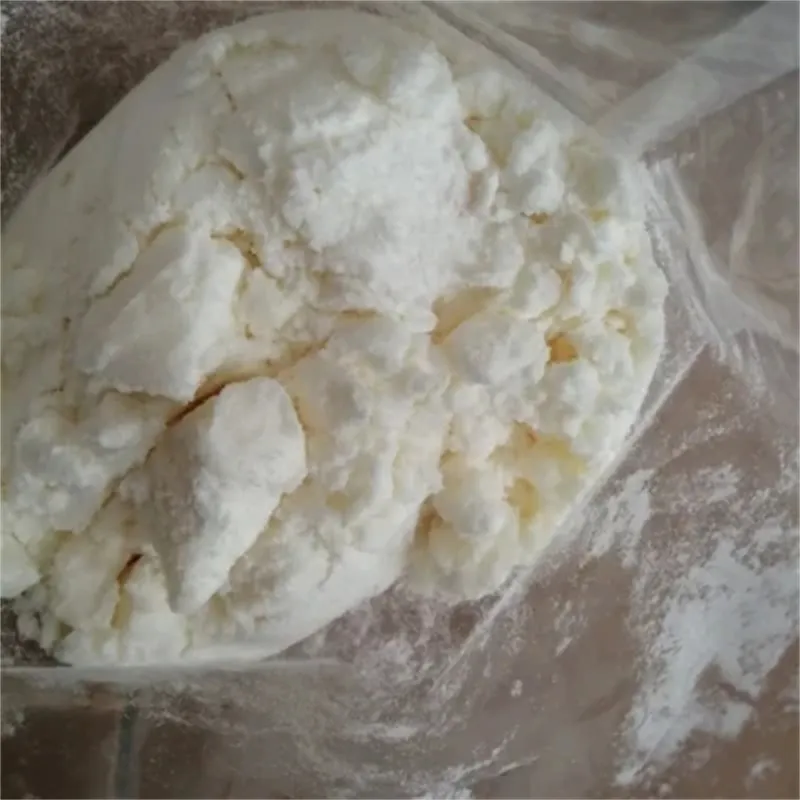Warning: Undefined array key "title" in /home/www/wwwroot/HTML/www.exportstart.com/wp-content/themes/1198/header.php on line 6
Warning: Undefined array key "file" in /home/www/wwwroot/HTML/www.exportstart.com/wp-content/themes/1198/header.php on line 7
Warning: Undefined array key "title" in /home/www/wwwroot/HTML/www.exportstart.com/wp-content/themes/1198/header.php on line 7
Warning: Undefined array key "title" in /home/www/wwwroot/HTML/www.exportstart.com/wp-content/themes/1198/header.php on line 7
- Afrikaans
- Albanian
- Amharic
- Arabic
- Armenian
- Azerbaijani
- Basque
- Belarusian
- Bengali
- Bosnian
- Bulgarian
- Catalan
- Cebuano
- China
- China (Taiwan)
- Corsican
- Croatian
- Czech
- Danish
- Dutch
- English
- Esperanto
- Estonian
- Finnish
- French
- Frisian
- Galician
- Georgian
- German
- Greek
- Gujarati
- Haitian Creole
- hausa
- hawaiian
- Hebrew
- Hindi
- Miao
- Hungarian
- Icelandic
- igbo
- Indonesian
- irish
- Italian
- Japanese
- Javanese
- Kannada
- kazakh
- Khmer
- Rwandese
- Korean
- Kurdish
- Kyrgyz
- Lao
- Latin
- Latvian
- Lithuanian
- Luxembourgish
- Macedonian
- Malgashi
- Malay
- Malayalam
- Maltese
- Maori
- Marathi
- Mongolian
- Myanmar
- Nepali
- Norwegian
- Norwegian
- Occitan
- Pashto
- Persian
- Polish
- Portuguese
- Punjabi
- Romanian
- Russian
- Samoan
- Scottish Gaelic
- Serbian
- Sesotho
- Shona
- Sindhi
- Sinhala
- Slovak
- Slovenian
- Somali
- Spanish
- Sundanese
- Swahili
- Swedish
- Tagalog
- Tajik
- Tamil
- Tatar
- Telugu
- Thai
- Turkish
- Turkmen
- Ukrainian
- Urdu
- Uighur
- Uzbek
- Vietnamese
- Welsh
- Bantu
- Yiddish
- Yoruba
- Zulu
Nov . 18, 2024 03:15 Back to list
caprolactam uses
The Versatile Uses of Caprolactam
Caprolactam, a key organic compound with the chemical formula C6H11NO, is primarily recognized as the precursor to polyamide 6 (commonly known as Nylon 6), a synthetic polymer that has become integral to modern manufacturing and consumer products. Since its discovery, caprolactam has carved a unique niche across various industries due to its versatile properties and functionality.
One of the most significant applications of caprolactam is in the production of Nylon 6. This polymer exhibits exceptional strength, durability, and elasticity, making it ideal for a multitude of applications ranging from textiles to engineering materials. In the textile industry, Nylon 6 is used to create a wide array of products, including clothing, upholstery, and carpets. The lightweight and resilient nature of Nylon 6 fibers allows for the creation of garments that are not only comfortable but also able to withstand wear and tear, thus prolonging the lifespan of these products.
The Versatile Uses of Caprolactam
The use of caprolactam extends beyond textiles and automotive applications. It is also prominent in the production of industrial materials. Nylon 6 is utilized in manufacturing various engineering plastics that require high performance and resistance to heat, chemicals, and abrasion. Applications include mechanical components, bearings, gears, and conveyor belts. The ability of Nylon 6 to be easily molded into intricate shapes further enhances its appeal, allowing for greater innovation in design and function.
caprolactam uses

Moreover, caprolactam is significant in the coatings and adhesives industry. The chemical's properties facilitate the production of coatings that provide excellent durability and resistance to wear, making them suitable for use in harsh environments. Adhesives formulated with Nylon 6 exhibit strong bonding properties and are used in various applications, including construction, electronics, and packaging.
In the realm of consumer goods, caprolactam has facilitated the production of a range of everyday products, from toothbrushes to kitchen utensils. The ease of processing Nylon 6 allows manufacturers to produce intricate and ergonomic designs, enhancing usability and aesthetics. This versatility has made it a preferred material in the production of high-performance consumer items.
The environmental aspect of caprolactam usage is also noteworthy. While the production of Nylon 6 has historically raised concerns regarding sustainability, advancements in technology are paving the way for more eco-friendly practices. Initiatives to recycle Nylon 6 are gaining traction, with the aim of reducing waste and promoting circular economy principles. The recycling processes not only mitigate environmental impact but also present economic opportunities within the burgeoning sustainable materials sector.
In conclusion, caprolactam plays a pivotal role in a multitude of applications across various industries. From its foundational contribution to Nylon 6 in textiles and automotive to its significant presence in industrial materials and consumer goods, caprolactam is an indispensable compound that shapes modern manufacturing. As industries continue to evolve and embrace sustainability, the versatility of caprolactam will remain at the forefront, driving innovations and promoting responsible uses of materials for the future. This compound exemplifies how a single chemical can have far-reaching impacts across multiple sectors, underscoring its importance in our daily lives and in the broader economic landscape.
Latest news
-
Certifications for Vegetarian and Xanthan Gum Vegetarian
NewsJun.17,2025
-
Sustainability Trends Reshaping the SLES N70 Market
NewsJun.17,2025
-
Propylene Glycol Use in Vaccines: Balancing Function and Perception
NewsJun.17,2025
-
Petroleum Jelly in Skincare: Balancing Benefits and Backlash
NewsJun.17,2025
-
Energy Price Volatility and Ripple Effect on Caprolactam Markets
NewsJun.17,2025
-
Spectroscopic Techniques for Adipic Acid Molecular Weight
NewsJun.17,2025

